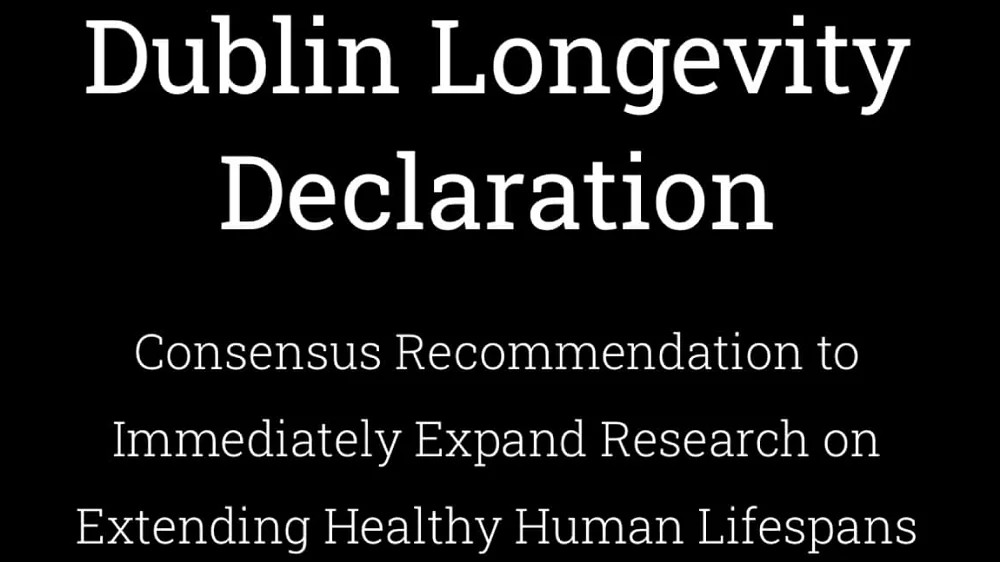By ,
America is rapidly aging as the second largest generation, Baby Boomers, will be at least 65 by 2029. Texas A&M University researchers are developing new ways to help older people tackle challenges that come with aging.
More than 10,000 Americans each day are celebrating their birthdays with 65 candles on the cake. Although that may be a cause for alarm for some, it’s never too late to develop healthy aging habits and change mindsets on aging, a Texas A&M University expert says.
Baby Boomers, the second largest generation, are creating a shift in the age composition of the U.S. population. According to the Population Reference Bureau, people ages 65 and older will make up nearly 20% of the U.S. population by 2029. This is a striking difference from the 1900s when the average life expectancy at birth was less than 50 years old.
Growing older is a universal factor that everyone navigates, although many older people battle with ageism, or discrimination against older people due to inaccurate stereotypes. Dr. Marcia Ory, Regents and Distinguished professor in the Center for Community Health and Aging at the Texas A&M School of Public Health, said these negative stereotypes can impact their health and quality of care.
“The worst part is when older people themselves internalize that stigma and believe aging means being sick and frail. When you internalize those stereotypes, research has shown it can become a health hazard,” she said. “We need to stop thinking of aging as a problem, but as a challenge to be solved, and that’s what public health research can do.”



